|
STEM education is evolving. Educators want more personalization in their classrooms, from more flexible curriculum and environments, more collaboration, and better technology integration. It sounds like a tall order, right? Pitsco Education has the answer with Expeditions. Pitsco’s cloud-based STEM Expeditions promote science inquiry, math practices, and engineering design principles by incorporating STEM concepts into real-world, relevant activities. Each Expedition begins with an Essential Question, which sets the focus and shapes students’ thinking. The overall goal is to create critical thinkers and problem solvers by presenting real-world challenges to engage learners with the subject matter. Students are exposed to career connections woven throughout each
Expedition. Fundamental to the Expeditions learning process are collaboration and teamwork. Students collaborate in pairs and in teams as they seek to answer their Essential Question while recording data in logbooks and data sheets to authenticate their learning. Expeditions are designed to be tailored to teachers and blend teacher-led instruction with student-directed, collaborative activities. These activities guide student exploration through hands-on discovery and experimentation. Activity Resources are delivered in various forms including interactive content, and videos provide instruction, relate procedures, teach concepts, and provide opportunities for practice. This curriculum ensures that teachers can teach and that students will develop the expertise that will benefit them in the classroom and beyond. In the coming weeks, we will be sharing new information regarding Expeditions. Stay tuned for that info! In the meantime, check out this post from Pitsco:
0 Comments
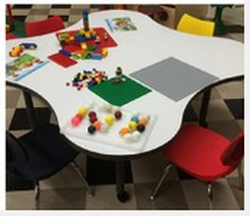 While catching up on one of our favorite columns, we came across an interesting piece on Makerspaces. A Makerspace is a dedicated space in a school, often in a library, resource room or common area, which encourages creativity and exploration. Outside of a typical classroom, they provide a safe space where students of all ages can build, design and test their own theories. Makerspaces can come in a lot of different forms and contain a host of different tools, but they generally have a few things in common:
A Makerspace can have a huge impact on educational outcomes, but seem like a fun break from the normal classroom routine for your students. Does your school have a Makerspace? Tell us about it – share your Makerspace Best Practices in the comments section! Additional reading from Pitsco Education: FANUC America is inviting all FANUC CERT schools to design the next Project Based Learning (PBL) kit!
The FANUC Advanced Automation Challenge provides a unique opportunity to show us your innovations. FANUC is asking Tomorrow's Innovators to highlight the utilization of robotic automation and technology through Project Based Learning that exemplify STEM learning outcomes. Show us your creative ideas using Science, Technology, Engineering, and Math to problem solve real-world challenges and strengthen your STEM knowledge. Great prizes at stake, including: 1st place: (1) FANUC MliA Tabletop robot and (1) $1500 scholarship award 2nd place: (2) Teach Pendants and Conversion Kits, (10) Academic ROBOGUIDE Licenses*, and (1) $500 scholarship award 3rd place: (10) Academic ROBOGUIDE Licenses* and (1) $500 scholarship award Click here for submission guidelines, as well as the official submission form: Many STEM projects focus mainly on the STE-, neglecting the M(ath) component. Meanwhile mathematics proficiency in high school students has fallen to 32% -- disqualifying many graduates from entry-level jobs. Our team of roboticists, engineers, teachers and professors are dedicated to fixing the education system using 21st century technology, bringing math to life and preparing students for their future, ensuring their career and college readiness.
RobotsLAB BOX moves abstract mathematical concepts away from the white board and transforms them into real life demonstrations. Students can see a quadcopter teach quadratic equations, a rover demonstrate angular and linear concepts conversions, and a robotic arm will show you what the word cosine really means. Why Teach Math with RobotsLAB BOX?
Forbes magazine recently published a compelling article, 3 Ways The Skills Gap Offers Opportunity, about the state and evolution of the workforce for skilled workers. The article aims to dispel the myth that a four-year degree is the optimal path to a prosperous future, reminding readers, for example that, “today around 13 million Americans, many with college degrees, are unemployed, and that does not include those who are underemployed or have given up trying to find work. Yet, nearly five million jobs remain unfilled. Jobs in advanced manufacturing, electrical trades, jobs in healthcare and cyber-security to name just a few.”
The economy needs more skilled workers, who gain mastery through hands-on work and via vocational and technical training. The article further points out how the path of vocational and technical training might best be navigated, and how that path helps people avoid the often immense debt associated with a four-year college degree, while also providing “real world,” industry recognized skills in a hands-on context.  If you teach in an ag classroom, you know your students are as diverse as they come. Students may be drawn to agriculture because of family history or a love of animals, but what they learn in the classroom has the power to transform in ways we haven’t thought of yet. Students who study agriculture go on to careers ranging from biotechnology to machinists and engineers. No other field of study has such broad implications. What do students need to master to be successful in ag-related careers? We’ve developed a list of the essential subject matter for ag students:
What subject matter is a must-have for your agriculture education programs? Let us know in the comment section! Moss can help you enhance your agriculture programs – see our Agriculture Education page for more information. 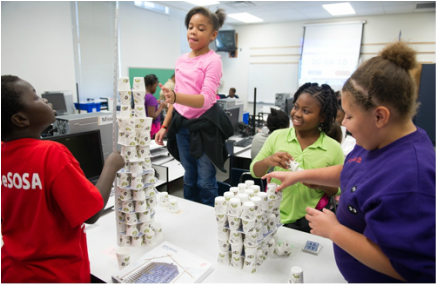 Myra Hudson was doing a fine job teaching science in her fifth-grade classroom at Miller Park Elementary School in Omaha, Nebraska. With nearly 15 years of teaching experience, Hudson knew plenty about science, going all the way back to her days as a student in a traditional science lab. In fact, by all accounts, she was an above-average science teacher at the elementary level, where science often is viewed warily by teachers better versed in reading and math. The disruption for Hudson occurred late last school year when she was asked to implement a pilot program of Pitsco elementary science Missions. To say she was skeptical would be an understatement. To say she was eager for the change would be an overstatement. “The science lab I grew up with, there were sinks, Bunsen burners, no carpet, only wood,” said Hudson. “And then I got in here for the training, and I thought, ‘This doesn’t look like a science lab.’” Instead, there were seven four-student workstations with colorful bins of inviting, age-appropriate materials, uniquely laid-out binders with detailed information and assessments set up in “windows” and “intervals,” and a specific role for each member of the Crew: Commander, Information Specialist, Communications Specialist, and Materials Specialist. “Before the professional development, I thought, ‘I don’t see how this is going to tie in to our curriculum.’ I did the Forces Mission by myself because I wanted to see all four roles and how it would work so I could internalize it. It got to the point where it didn’t matter what I thought about it because it’s all about how the kids react to it,” Hudson said. “I thought, ‘Maybe I’m looking at this wrong because of the way I was taught.’ This is a science lab, and they do so much in here.” Read more of the Omaha Public Schools case study here. When you hear the word “manufacturing,” what images does it conjure up? If you are like most, you have visions of dirty, unsafe construction floors where people repeat the same function all day long, day after day. If this is what you see, you may need to update your image: manufacturing as cleaner and more high-tech than ever before. And manufacturing is driving the nation’s economy forward. According to the latest report from the U.S. Bureau of Labor Statistics, U.S. manufacturing companies added a substantial 29,000 new jobs in January this year alone.
Manufacturing jobs are plentiful, but the face of these jobs is changing. Recruiters and hiring managers are looking for candidates with an advanced skill set. These are skills that educators can ensure their students possess before they graduate and join the workforce. Certain skills will ensure students are marketable, and that their skills will allow them to be successful on their first day of a new job. What Employers Want to Share with Educators:
Get employers to compete for your students. In order to connect your classroom with “real world” learning opportunities, you need to have the proper tools in place. Moss has training and certification tools to ensure your students will be successful during their next phase. These tools are appropriate for both technical high schools and colleges. Contact us today for a no-obligation consultation with an Education Specialist. |
AuthorYou have questions about STEM education? You're not alone! We're here to share ideas and provide thought-provoking commentary. Let us know your thoughts! Sign Up for Email Updates For Email Marketing you can trust. Categories
All
Archives
February 2017
|
- Home
-
K-12
- College
- Industry
- Certifications
-
Partners
- Afinia-3D Printing
- Amatrol-Manufacturing Training Equipment
- Apolo Studios- Welding Simulation
- Bantam Tools - CNC
- CEF-Custom Educational Furniture
- DAC Worldwide-Manufacturing Training Equipment
- Greene Manufacturing Inc - Furniture
- Iconic CNC
- Interior Concepts-Furniture
- MSSC Certifications
- MINDS-i Education
- Pitsco Education-STEM
- SimLog-Heavy Equipment Simulation
- Stokes Robotics
- Techno CNC Systems
- Universal Laser Systems
- VictoryXR - Virtual Reality
- WB Mfg - Furniture
- Funding
- Contact
- About
- Home
-
K-12
- College
- Industry
- Certifications
-
Partners
- Afinia-3D Printing
- Amatrol-Manufacturing Training Equipment
- Apolo Studios- Welding Simulation
- Bantam Tools - CNC
- CEF-Custom Educational Furniture
- DAC Worldwide-Manufacturing Training Equipment
- Greene Manufacturing Inc - Furniture
- Iconic CNC
- Interior Concepts-Furniture
- MSSC Certifications
- MINDS-i Education
- Pitsco Education-STEM
- SimLog-Heavy Equipment Simulation
- Stokes Robotics
- Techno CNC Systems
- Universal Laser Systems
- VictoryXR - Virtual Reality
- WB Mfg - Furniture
- Funding
- Contact
- About

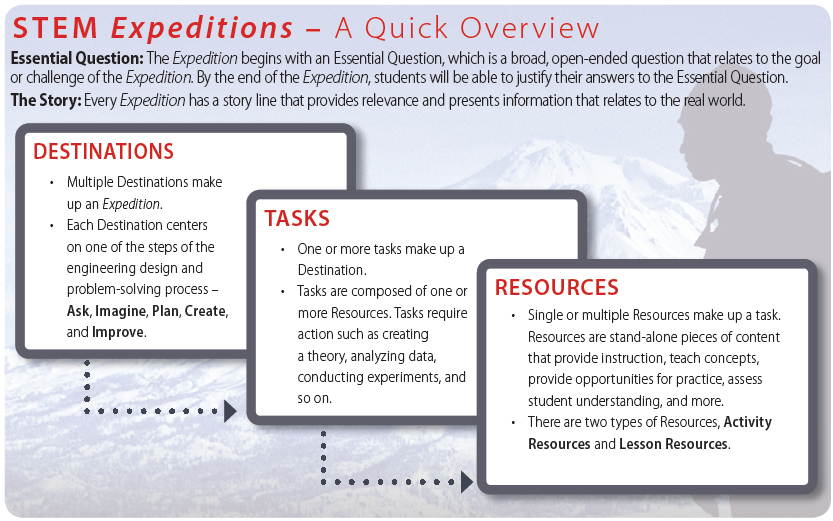
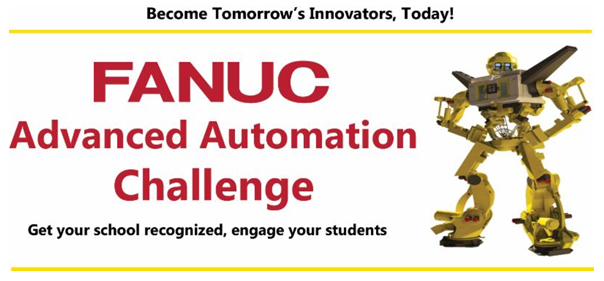
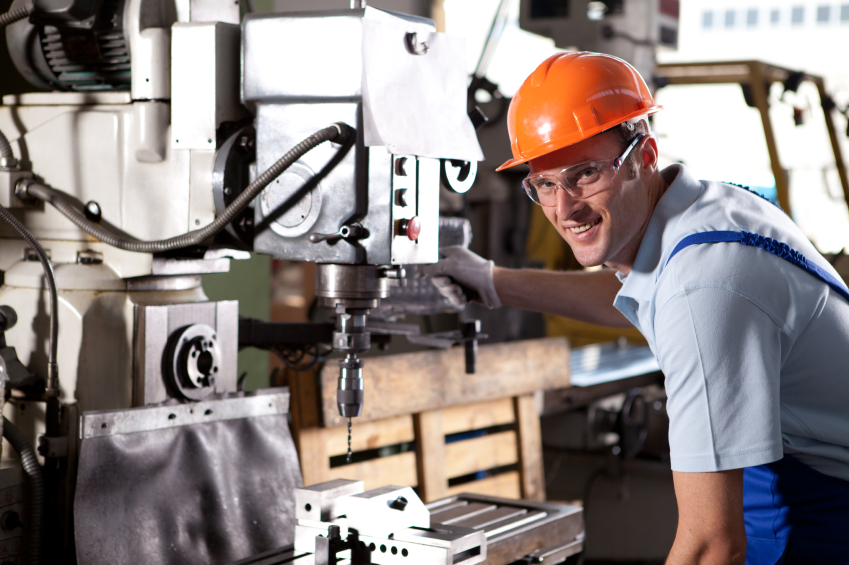
 RSS Feed
RSS Feed
